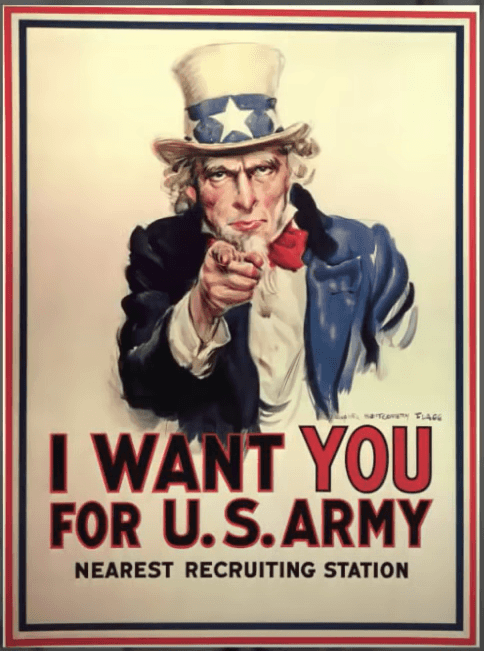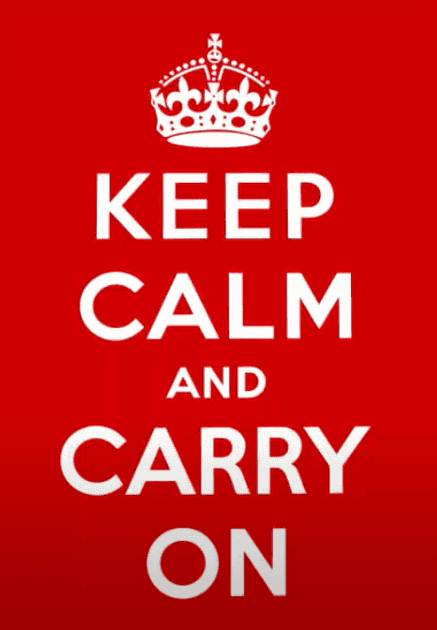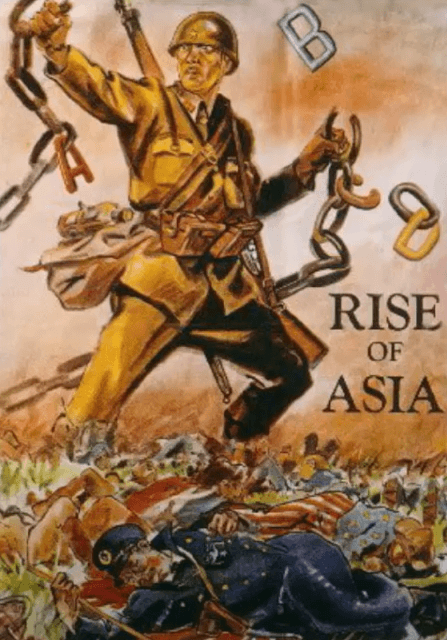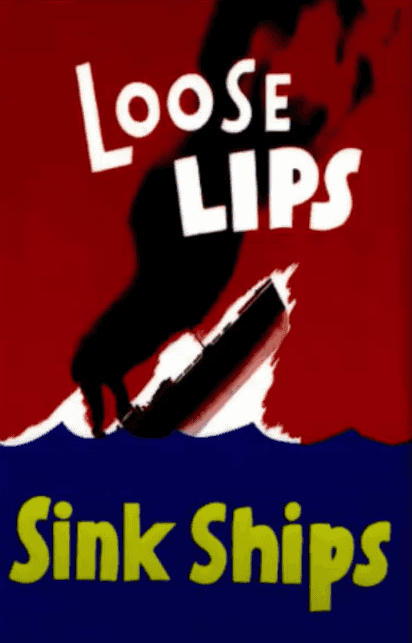Influential advertising is an extremely powerful tool, especially for harnessing the emotional backing of a population towards a patriotic cause. Top political and military leaders understand this, which is why it has been such a persuasive tool for harnessing military support from civilian populations. World War II was no exception to this, and 10 million men joined the U.S. military through volunteer and draft enlistment throughout the war. Other nations used propaganda posters for various purposes, including to sway global opinion.
This video below highlights the top 10 influential posters used throughout World War II.
I Want You
This United States Army poster depicts Uncle Sam pointing towards the observer and very convincingly states that he is needed and wanted to join the United States military effort. This gives off a very strong sense of patriotism and pull to the cause.

Ein Volk,ein Reich, ein Fuhrer
This poster depicts Adolph Hitler eliciting the support of the German population during World War II. Much of Germany’s propaganda utilized actual political figures to harness the support of the people. Hitler’s image took on the entire goal of the entire population, which was a global German empire.
Keep Calm and Carry On
The British government used this poster to encourage its population to keep the calm throughout the war effort, despite the chaos and fighting that was taking place on the European continent. The British Ministry of Information commissioned this poster to capture the core of the spirit of the British people and propaganda effort.

The Motherland is Calling
The Russians commissioned this iconic poster during their own war effort, in which it shows Mother Russia imploring its young men to join the war effort and fight off the threat of the Nazis on its western border. The call to arms was extremely effective at convincing young men to join the ranks. Her gaze was just as penetrable as Uncle Sam in the US’s own posters.

Rise of Asia
Japan’s quick rise to power during World War II demonstrated its resolve and economic industrial complex. The Japanese population saw their efforts as a positive expansion that would relieve the region from western influence and imperial conquest. An Asian-led and Asian-controlled territory was embodied in this poster that signaled that a rule order was rising that would free them of western influence. This propaganda effort did not have the desired outcome, as most Asian countries would fight against Japanese troops.

This is the Enemy
Part of the psychological benefit of propaganda is that it creates a story for the observer and appeals to the emotions of the images that the poster creates in the mind of the observer. This poster is extremely effective at creating an image of an evil Asian occupier who mistreats women and is only here to rape and pillage the current way of life. Anti-Japanese propaganda posters commonly depicted Asian men as closely resembling rats or un-humanlike. Often with squinty eyes, pointy ears, pointy noses, and long whisker life facial hair.

Loose Lips Sink Ships
This iconic poster, created by the British military, was originally intended to remind British sailors not to talk about operational missions, schedules, or plans when in the company of outsiders. Operational security is absolutely vital when ordinary sailors had access to ship schedules and routes—if this information got into the wrong hands, the enemy was often able to plan a counterattack or ambush that would result in the destruction of allied ships.

We Can Do It
The war effort involved those who stayed behind just as much as those doing the fighting. The government needed a way to invoke the emotions of the ordinary citizens to contribute to the war effort—enter the famous Rosey the Riveter poster. This poster was intended to draw on the emotions of the women who were left behind to work in factories that would send munitions, arms, and ammunition to the frontlines. The women replaced the men who went to combat, thus creating a vacuum of essential workers. This poster depicts a strong woman who is capable, hardworking, and committed. No doubt the women were an absolute economic gamechanger.

Influential posters have become a bit of a token of history, but at the time, they were extremely important and effective emotional triggers to unite a population around a cause–typically a war cause.



